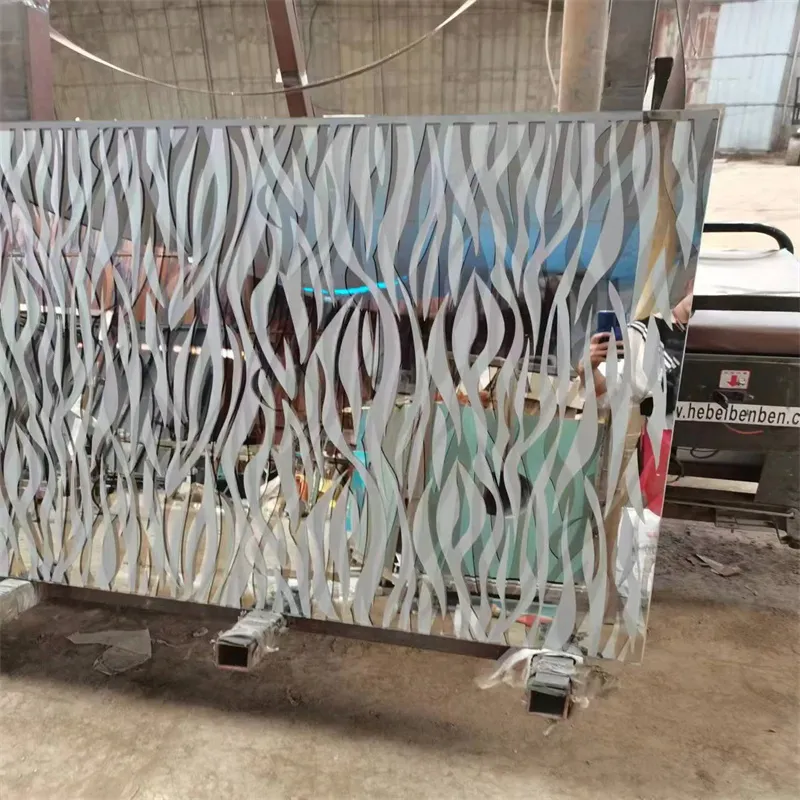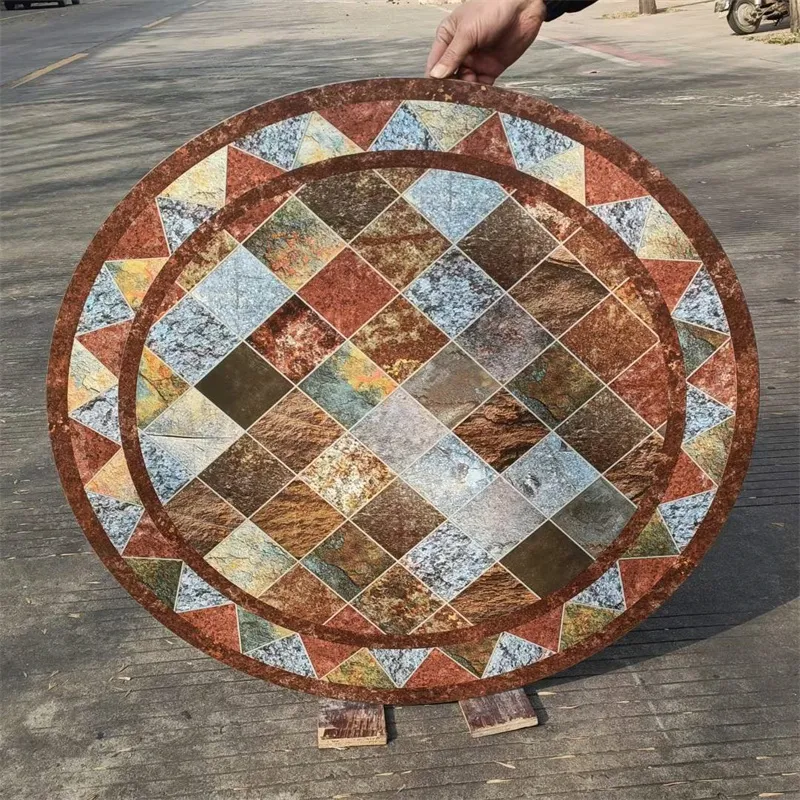Nov . 08, 2024 01:00 Back to list
Reflective Precision in Material Shaping Techniques
The Science and Art of Mirror Cutting
Mirror cutting is a fascinating blend of art and science, requiring not only technical skills but also a keen eye for aesthetics and design. As mirrors play a crucial role in our daily lives, from mere reflections to central elements in interior design, the process of creating them involves intricate techniques that date back centuries. This article delves into the history, techniques, and applications of mirror cutting, showcasing its significance in both functional and artistic contexts.
A Historical Perspective
The practice of mirror making can be traced back to ancient civilizations. The earliest mirrors were made from polished metals like bronze and copper, allowing only the wealthiest individuals to afford them. It wasn't until the 16th century that glass mirrors became commonplace, with the introduction of glass-blowing techniques in Venice. The iconic Venetian mirrors were further refined through the application of mercury, which provided a more accurate reflection. This period marked the beginning of mirror artistry, establishing a tradition that has evolved over the centuries.
Techniques of Mirror Cutting
The process of mirror cutting involves several steps, each requiring precision and expertise. Initially, a sheet of glass is selected based on its quality and clarity. The next phase is cutting the glass to the desired shape and size. Standard techniques include using a glass cutter, which scores the surface, allowing the glass to be broken along the designated line. This process demands a steady hand and an understanding of glass properties, as improper handling can lead to cracks or shattering.
Once cut, the glass edges are polished to smoothen any sharp edges. This not only enhances safety but also improves the overall appearance of the mirror. The most critical aspect, however, is the application of a reflective coating. Traditionally, silvering techniques involved depositing a thin layer of silver onto the glass surface, creating that iconic reflective quality we associate with mirrors today. Advances in technology have also introduced alternatives like aluminum and various chemical coatings, optimizing both durability and clarity.
Artistic Expressions
mirror cutting

Mirror cutting is not solely a mechanical endeavor; it is also a form of artistic expression. Many contemporary artists employ mirror glass in their works, using reflective surfaces to manipulate light and space. Sculptures made from mirror glass can create illusions and distortions, challenging viewers’ perceptions. Artists like Anish Kapoor and Yayoi Kusama have explored these possibilities, showcasing how mirrors can transform environments and elicit emotional responses.
In interior design, mirrors are pivotal. They enhance the aesthetics by creating an illusion of space and light within a room. For instance, a well-placed mirror can make a small area appear larger and more inviting. Decorative mirrors, often featuring intricately cut frames, serve as focal points in home decor. The rise of customizable mirror shapes has allowed consumers to express their individuality, leading to a proliferation of unique designs that cater to varied tastes.
Industrial Applications
Beyond art and design, mirror cutting finds utility in various industrial applications. Mirrors are pivotal in scientific instruments, such as telescopes and microscopes, where precise reflection is crucial for functionality. Additionally, in the automotive and aerospace industries, mirrors are integral for safety and navigation. The manufacturing of these mirrors adheres to stringent quality standards, ensuring that they meet the necessary specifications for their intended use.
Sustainability and Innovation
As the demand for mirrors grows, so does the importance of sustainable practices within the industry. Manufacturers are increasingly exploring eco-friendly materials and processes, including the use of recycled glass and non-toxic coatings. Innovation in technology continues to shape the future of mirror cutting, with advancements in laser cutting methods that offer greater precision and versatility.
Conclusion
Mirror cutting is a rich, multifaceted discipline that intertwines history, artistry, and technology. Its evolution from ancient polished metals to modern automated cutting techniques highlights the blend of tradition and innovation in this field. Whether enhancing the beauty of a space, reflecting the world around us, or serving specific industrial purposes, mirrors will undoubtedly continue to captivate and serve humanity for generations to come. The artistry involved in their creation ensures that they remain not just functional objects, but also reflections of our creativity and culture.
-
Safety and Style with Premium Laminated Glass Solutions
NewsJun.24,2025
-
Reinvents Security with Premium Wired Glass
NewsJun.24,2025
-
Premium Float Glass Line for Modern Architecture
NewsJun.24,2025
-
Low Emissivity Glass for Energy-Efficient Architecture
NewsJun.24,2025
-
High-Performance Insulated Glass Solutions for Modern Architecture
NewsJun.24,2025
-
Elevates Interior Style with Premium Silver Mirror
NewsJun.24,2025
Related PRODUCTS














